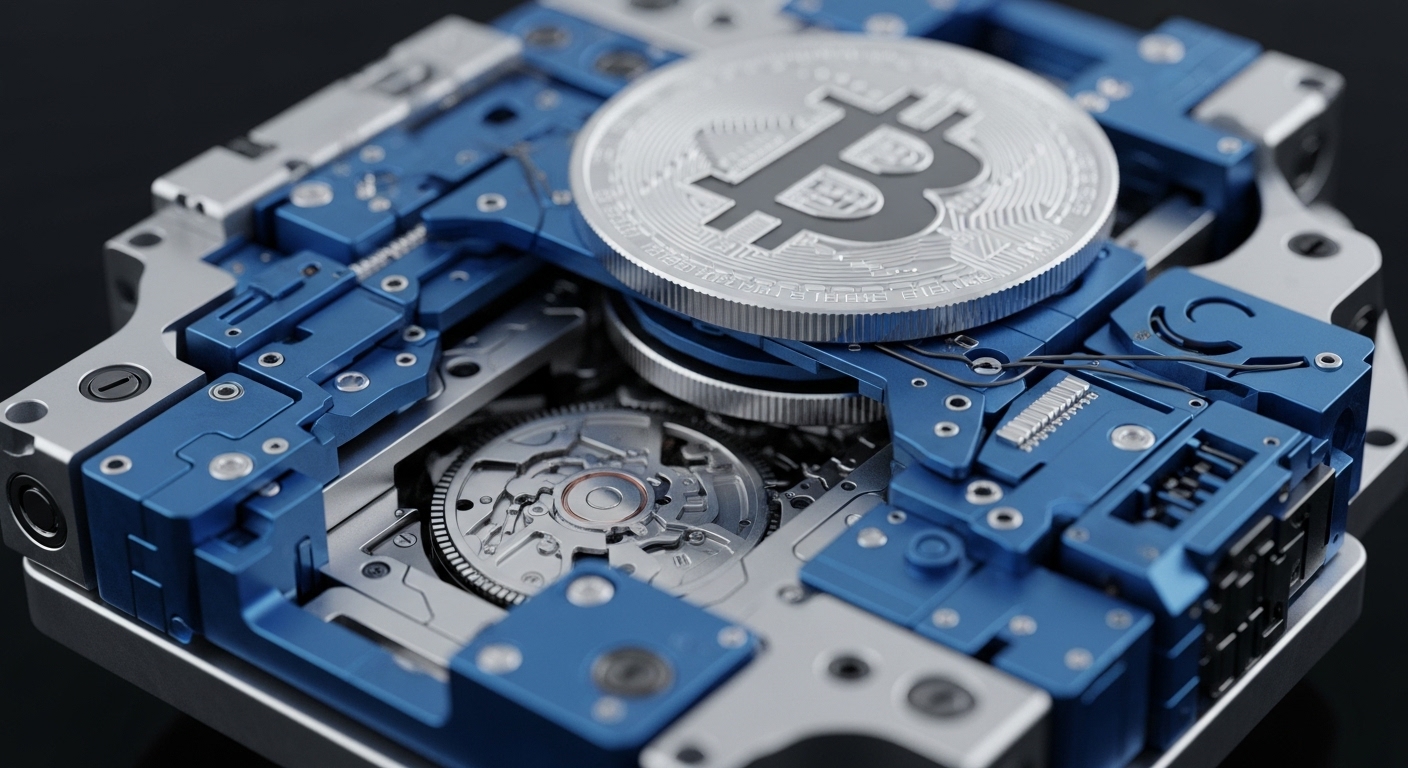
Briefing
Brazilian small and medium-sized enterprises (SMEs) are strategically integrating Bitcoin and stablecoins into their treasury operations, a move driven by a mandate to protect capital from inflation and currency devaluation. This shift is evidenced by SMEs collectively holding 10-15% of assets under custody on Mercado Bitcoin, Brazil’s largest digital asset exchange. The trend is further solidified by OranjeBTC’s impending debut on the B3 exchange with a substantial $400 million Bitcoin treasury, establishing a new benchmark for corporate digital asset allocation in the region.

Context
Traditionally, corporate treasuries in emerging markets like Brazil have contended with persistent macroeconomic instability, including high inflation, currency devaluation, and geopolitical uncertainties. These factors create an imperative for robust cash management strategies that transcend conventional fiat-denominated reserves, which are susceptible to erosion. The prevailing operational challenge has been the lack of a sufficiently liquid, globally accessible, and inflation-resistant asset class for long-term capital preservation within a volatile economic landscape.

Analysis
This adoption fundamentally alters the operational mechanics of corporate treasury management by introducing digital assets as a primary component of the cash reserve strategy. Instead of solely relying on traditional financial instruments, enterprises are now integrating Bitcoin and stablecoins (USDT, USDC) as conservative, non-speculative holdings. This directly impacts the risk management framework, enabling a more resilient balance sheet that is less exposed to local currency depreciation.
The chain of cause and effect for enterprises and their partners begins with enhanced capital preservation, leading to greater financial stability and improved long-term planning. For the industry, this signifies a maturation of digital assets from speculative instruments to core treasury tools, potentially establishing new best practices for managing liquidity and mitigating systemic risks in volatile economies.

Parameters
- Primary Digital Assets ∞ Bitcoin (BTC), USDT, USDC
- Key Platform ∞ Mercado Bitcoin
- Adopting Entities ∞ Brazilian Small and Medium-sized Enterprises (SMEs), OranjeBTC
- Business Use Case ∞ Corporate Treasury Management, Cash Reserve Protection
- OranjeBTC Bitcoin Treasury ∞ $400 Million
- SME Asset Holdings on Mercado Bitcoin ∞ 10-15% of total assets under custody

Outlook
The current trajectory suggests a continued expansion of digital asset integration within corporate treasuries, particularly in economies facing inflationary pressures. The success of early adopters like OranjeBTC and Brazilian SMEs will likely catalyze broader institutional engagement, potentially driving the development of more sophisticated on-chain treasury solutions and specialized digital asset banking services. This trend could establish new industry standards for enterprise risk management and capital allocation, positioning digital assets as a foundational layer for future corporate financial infrastructure.
